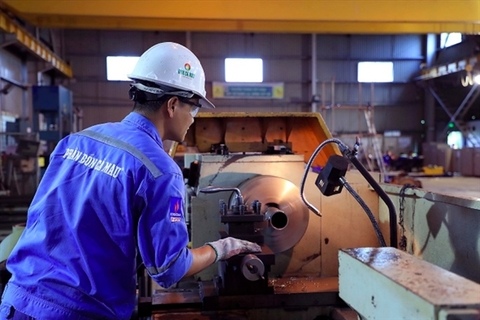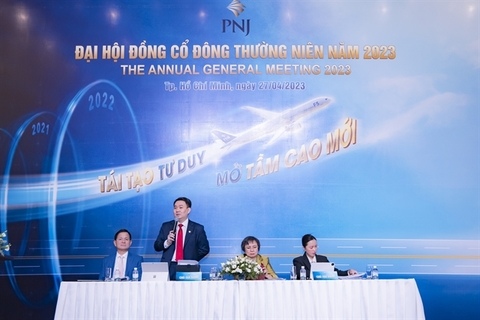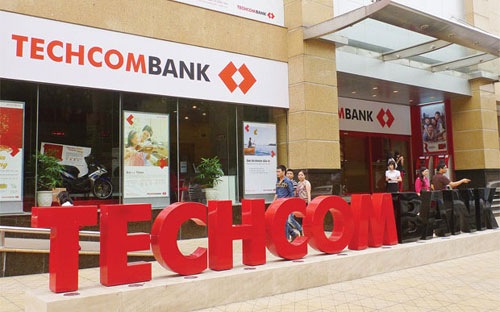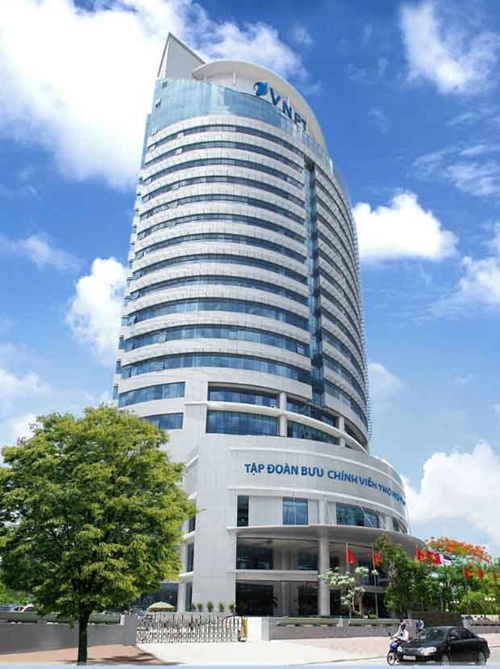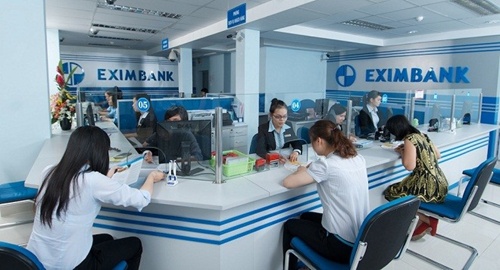Foreign currency loans cause companies headaches in Q1
Foreign currency loans cause companies headaches in Q1
Some listed companies with foreign currency loans faced lower business results in the first quarter this year due to higher prices from forex differences and a ban on foreign currency lending.
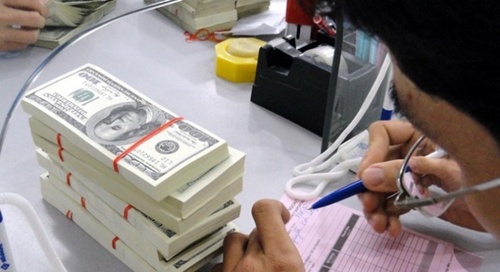
Pha Lai Thermal Power Corporation (PPC) reported a VND157 billion (US$7 million) net loss in the first quarter, mostly due to the higher prices posed by foreign currencies this year.
As of March 31, PPC had an outstanding long-term loan of 22.2 billion yen with the Electricity of Viet Nam (EVN) with lending funds from JBIC. The loan contributed the most in forming the firm's exchange rate difference fund in the quarter.Thus, financial expenses of Q1 amounted to VND285 billion, including VND262 billion in forex losses, an increase of more than two times compared with the same period last year.
According to the forex rates recorded by Vietcombank, one US dollar was sold between VND21,300 and 21,500 in the first quarter last year, while the rates were between VND22,300 and VND22,450 in the first quarter this year.
At the same time, the yen rose to its highest since October 2014 under the intervention of the Bank of Japan this quarter. In the local market, each yen listed at Vietcombank increased more than 11 per cent in Q1 over the same term last year.
Similar to PPC, some electricity and fuel firms with large foreign currency loans - such as Ca Mau Petroleum and Fertilizer Corporation (DCM), PetroVietnam Power Nhon Trach 2 JSC (NT2) and Ba Ria Thermal Power Joint Stock Company (BTP) - also faced the same problem.
In another case, a circular issued by the State Bank of Viet Nam (SBV) tightened lending in foreign currencies for local exporters in an effort to step up its anti-dollarisation drive on March 31.
Last month, the director of SBV stopped its previous lending policy for foreign currency, which was created to support exporters in the context of an economic slowdown with lower lending interest rates in foreign currencies compared to lending in dong.
SBV official Bui Quoc Dung said some exporters used to obtain foreign currency loans from banks and later transfer them into dong to enjoy the higher differences for their businesses.
Now, to promote anti-dollarisation in the economy, the central bank banned all commercial banks from lending in foreign currency to exporters who did not need it for offshore payments.
Representative from one of the leading shrimp exporters, Minh Phu Seafood Corporation (MPC), said they would no longer have an interest rate of 3-4 per cent when borrowing in foreign currencies like they did before.
MPC, which must borrow in the local currency with an interest of 8 per cent, said the financial costs would double, thereby hurting their competitiveness in the international market.
Likewise, Nguyen Van Thoi, chairman of TNG Investment and Trading JSC (TNG), which exports garment and textile products, said the current interest rate of 7- 8 per cent for loans in dong would make his firm less competitive in the global market.
Thoi said his rivals from South Korea and China still enjoyed much lower interest rates for their production. According to the Bloomberg.com, yesterday, the Bank of Korea kept its interest rate unchanged at a record low of 1.5 per cent, adding that the interest rate hasn't moved since June last year.



